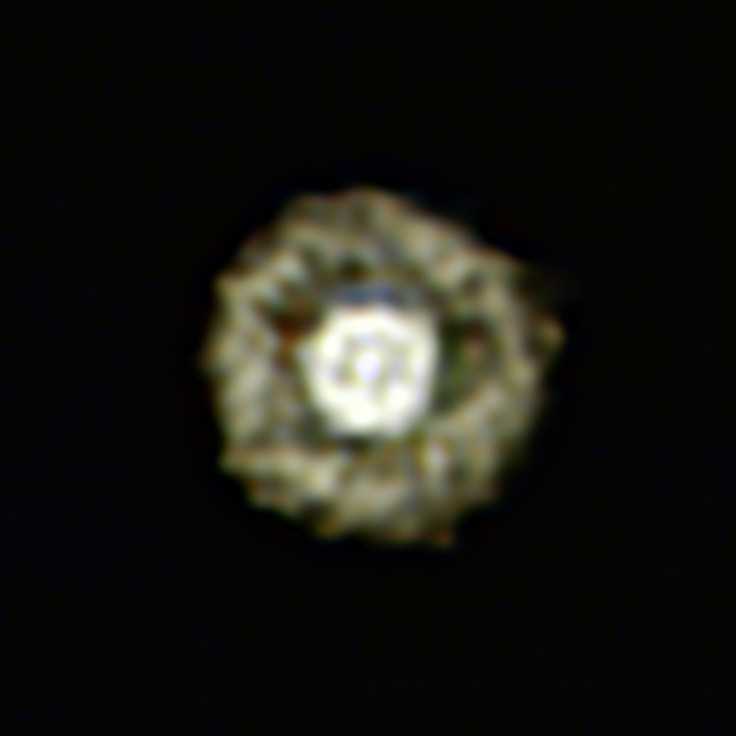Fried Egg Nebula: A Monster Star In Image [VIDEO]

After the "Running Chicken" nebula, comes a cosmic "Fried Egg Nebula" as the European Southern Observatory's Very Large Telescope, at the Paranal Observatory in Chile, spotted a monster star also called a yellow hypergiant.
With the help of the Very Large Telescope, scientists have been able to take the first pictures of the "Fried Egg Nebula", officially known as IRAS 17163.
Pictures show that the yellow hypergiant, which is a rare type of star in the universe, is surrounded by a dusty double shell making up the egg yolk and white and provide the first clear images that show the material around it and reveal two nearly perfectly spherical shells
The star is located about 13,000 light-years away from Earth, but is the closest yellow hypergiant found to date.
The giant star is very large and has a width that is about 1,000 times larger than our sun.
Scientists have said that the Fried Egg Nebula is so large that if it were placed at the centre of our solar system, the Earth would be positioned deep within the star itself, while the orbit of the planet Jupiter would be just above the star's surface.
Apparently the nebula could also engulf all the planets, dwarf planets, and even some comets that orbit way out beyond the orbit of Neptune.
Also, recent observations using the Very Large Telescope show that the Fried Egg nebula also shines about 500,000 times brighter than the sun.
"This object was known to glow brightly in the infrared but, surprisingly, nobody had identified it as a yellow hypergiant before," Eric Lagadec, who led the study at of the European Southern Observatory, said in a statement.
Yellow hypergiants usually experience a series of dynamic and explosive events, leading the stars to eject four times the mass of the sun in only a few hundred years.
The material coming out of these explosions, which is composed of dust and gas, make up the extensive double shell around the nebula.
Because of its intense activity, the yellow hypergiant is expected to have an explosive death potentially producing one the next supernova explosions to occur in our galaxy.
© Copyright IBTimes 2024. All rights reserved.





